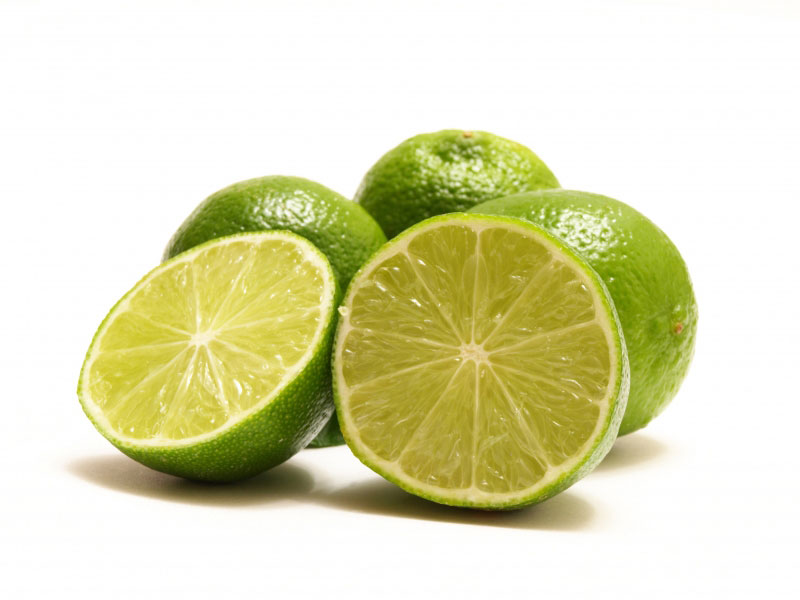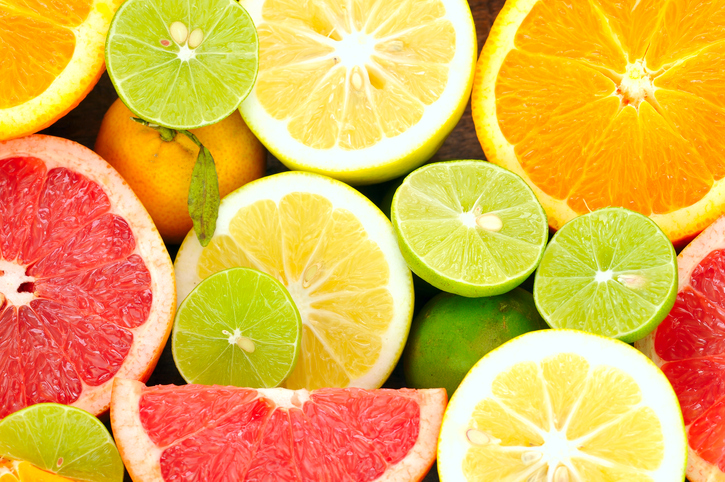Citrus, Lime

Availability:
Year-round
Availability:
| J | F | M | A | M | J | J | A | S | O | N | D |
Notice:
on demand
Receiving/Storage:
Receiving Information: Limes should be heavy for their size and firm with smooth, shiny skins. Avoid limes that are light in weight, shriveled, spongy, or significantly discolored. Pitting or discoloration of skin: This is an indication of chill injury. To prevent chill injury, do not store limes below 45 degrees F/7 degrees C. Skin deterioration/decay: Exposure to ethylene may accelerate skin deterioration increasing susceptibility to decay. For best quality, keep away from ethylene producing fruits & ripening rooms. Shriveling; loss of juice: Low humidity may cause limes to lose moisture. For best quality, maintain humidity level of 85-95%. Pebbly brown or black skin: This is an indication of bruising or decay caused by rough handling. Always handle limes with care; do not drop shipping containers on the floor. Storage/Handling: Temperature/humidity recommendation for short-term storage of 7 days or less: 32-36 degrees F. 90-98% relative humidity.
Description:
Small and green, the lime is valued for the tart flavor of its flesh and peel. Just as sour as lemon juice, lime juice is more aromatic. If lemon juice is substituted for lime juice, the flavor can be very disappointing.
The lime typically has a diameter of between 1 and 2 inches; its thin tight skin covers a fragrant and juicy pulp that is very acidic in taste. Both the flesh and the skin are a green color, eventually becoming more yellow as the fruit ripens. Some varieties of lime have seeds, while others are seedless.


